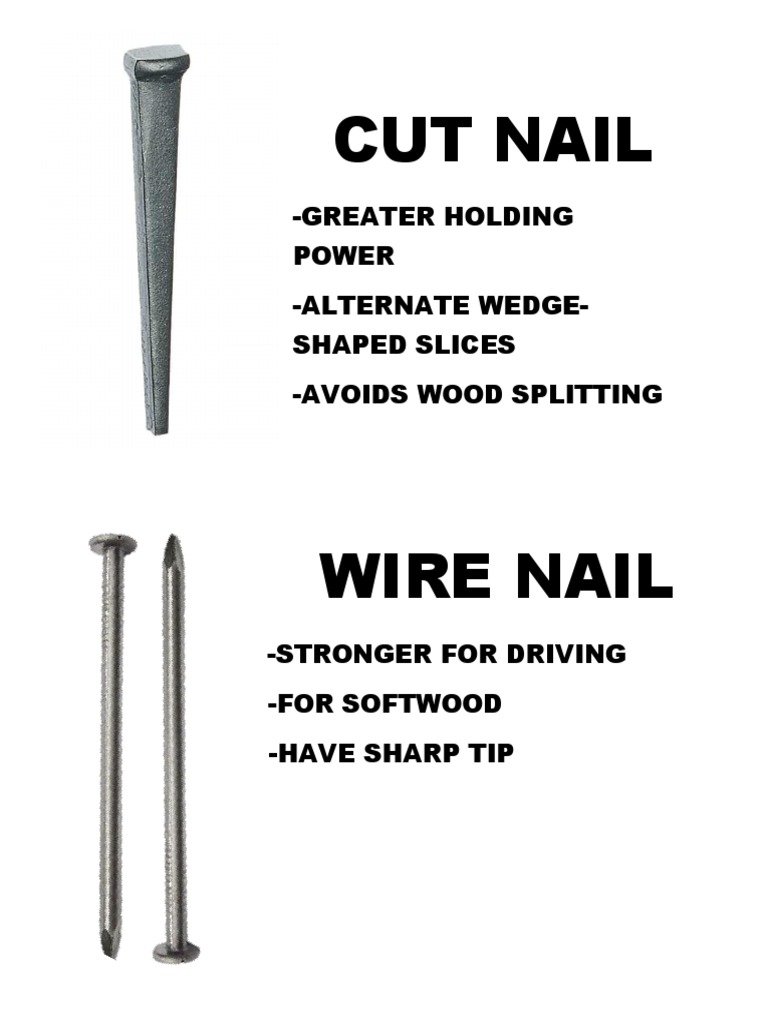
So, why does it matter whether you pick a standard screw or a heavy-duty one? Well, think of it this way: If you’re building a birdhouse, a standard screw might be just fine. But if you’re securing a treehouse or putting together sturdy outdoor furniture, you’ll want the strength of heavy-duty screws. Let’s break down what sets these two apart and help you choose the right one for your needs.
What Are Standard Screws?
Standard screws are the everyday heroes in the world of hardware. They’re typically made from a variety of materials, like zinc-plated steel or stainless steel, and come in a range of sizes and thread patterns. These screws are designed for basic tasks—think of them like a go-to tool in your toolbox.
Typically, you would use standard screws for light to moderate loads. They’re perfect for things like assembling furniture, attaching trim, or doing simple repairs around the house. Since they’re readily available, you might find them in most home improvement stores or even in your local hardware aisle.
One of the best things about standard screws is their versatility. They can be used in wood, plastic, and even some metals, making them a practical choice for various DIY projects. And since they don’t require any specialized tools for installation, they’re beginner-friendly. Honestly, if you’re just starting out with home repairs, having a supply of standard screws on hand is a smart move.
What Are Heavy-Duty Screws?
Now, let’s talk about heavy-duty screws. Imagine these as the bodyguards of your building projects. They’re engineered to withstand substantial stress and loads, making them essential for applications that demand extra strength. Heavy-duty screws are often made of high-grade materials, like hardened steel or specialized alloys, and they usually come with thicker, more robust threads.
These screws are ideal for challenging tasks, such as constructing deck frames, securing structural beams, or other heavy applications. If you’re looking to build something that will stand the test of time—and not just a seasonal decoration—heavy-duty screws are your friends.
One thing to keep in mind is that heavy-duty screws may require special tools for installation. Depending on the size and type, you might need a power drill or an impact driver. But don’t let that intimidate you! The added strength and durability can make your projects much safer and more reliable in the long run.
Comparing Strength and Load Capacity
When it comes down to it, the primary difference between standard and heavy-duty screws lies in their strength and load capacity. Standard screws can handle light to moderate loads, but if you’re planning on putting a lot of weight on them, they might not be the best choice.
Heavy-duty screws, on the other hand, are specifically designed for high-stress situations. They can support heavier items, making them ideal for outdoor structures, shelving, or anything that needs to bear weight consistently. For example, if you’re setting up a garage shelf to hold tools, heavy-duty screws would be a better option than standard ones.
Let’s break it down further. Here’s a simple comparison table to highlight their differences in strength:
| Feature | Standard Screws | Heavy-Duty Screws |
|---|---|---|
| Material | Zinc-plated steel, stainless steel | Hardened steel, specialized alloys |
| Load Capacity | Light to moderate | High |
| Best Uses | Furniture, light repairs | Decks, structural support |
Choosing the Right Screw for Your Project
You might be wondering how to choose the right screw for your specific needs. It all comes down to understanding the requirements of your project. Here are a few tips that can help:
1. Assess the Load: Think about how much weight the screw will need to support. If it’s a light fixture, you may get away with standard screws. But if it’s something like a shelf for books, heavy-duty screws are the way to go.
2. Consider the Material: Different materials may require different types of screws. If you’re working with wood, standard screws can do the trick. For metal-to-metal joints, look for heavy-duty or specialized screws designed for that purpose.
3. Installation Tools: Check what tools you’ll need for installation. Standard screws can usually be installed with a simple screwdriver, while heavy-duty screws might necessitate a power drill.
By keeping these factors in mind, you can confidently select the right screws for your project and avoid any costly mistakes.
Common Mistakes to Avoid
Even seasoned DIYers can trip up when it comes to selecting screws. Let’s look at a few common pitfalls:
– Overusing Standard Screws: It might be tempting to grab standard screws for every job, but using them in high-stress applications can lead to failure down the line. Think about the long-term safety of your build.
– Ignoring Material Compatibility: Using screws that aren’t suited for the material can result in stripped screw heads or damaged surfaces. Always check the compatibility of your screws with your materials.
– Underestimating Length: Choosing screws that are too short can compromise the stability of your project. Conversely, overly long screws might poke out the other side, which isn’t a great look—or safe!
By steering clear of these mistakes, you’ll enhance your chances of completing a successful project.
Final Thoughts on Standard vs. Heavy-Duty Screws
Choosing between standard and heavy-duty hardware screws isn’t just a matter of preference; it’s about understanding your project’s requirements. Standard screws are versatile and excellent for everyday tasks, while heavy-duty screws provide the strength needed for more intense jobs.
When you’re faced with a project, take a moment to think about the load, material, and tools. This will lead you to the right choice every time. By making informed decisions, you can ensure that your projects are not only secure but also built to last.
So, the next time you’re in the hardware aisle, don’t overlook the power of the right screw. Armed with this knowledge, you’re ready to tackle any project that comes your way. Happy building!
